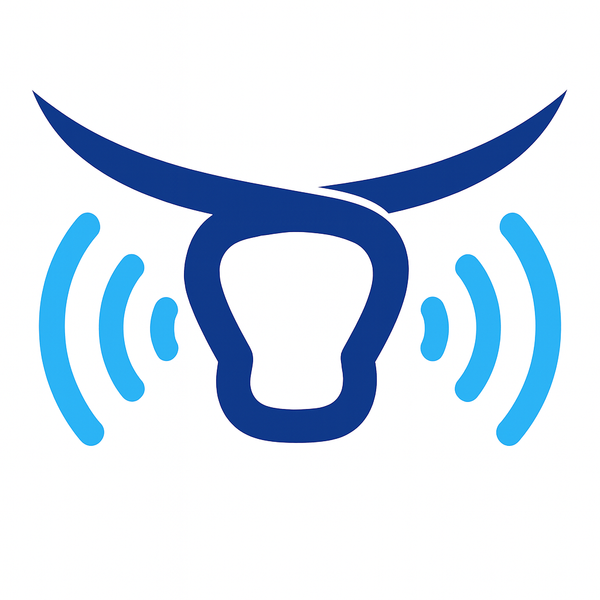NLIS Cattle Tag Readers - Benefits
Share
Cattle tag readers are now an essential working tool for Australian farmers bringing significant benefits for cattle livestock producers. The National Livestock Identification System (NLIS) is a system that delivers online traceability of livestock in Australia. The NLIS has proved to be an essential system in the management of Australia’s livestock sector.
All cattle livestock transactions must be recorded in the NLIS system when livestock is moved from one property to another. There are significant fines if cattle are delivered to cattle sale yards without NLIS ear or bolus tags.
Importance of an NLIS Cattle Tag Reader
1. The NLIS reader scans the mandatory electronic identification tags so you can view and record the RFID tag number for your management and sale records.
There are 2 important numbers on the NLIS system - the RFID tag number (only visible with an electronic cattle tag reader and the PIC (Property Identification Code) which is issued by the NLIS and printed on the outside of the ear tag.
The NLIS issue sequential PIC records to match the electronic RFID tag number - both numbers are available for export from the NLIS online database (see our eduction page for free NLIS guide).
2. An NLIS reader will enable you to quickly scan the RFID tag number by waiving the device close to the electronic tag. You can then use the unique electronic tag number (EID) for all your activity records and for moving livestock on and off your property. The NLIS system can be updated with either the RFID number (electronic) or the PIC number (written on the outside of the tag for manual record keeping).
3. Using a cattle tag scanner means you no longer have to visually write down the visible PIC number with a pencil and notebook. Each animal can be managed with the RFID tag and NLIS updated instantly.
How RFID Can Help in Cattle Management Work
Cattle management can be made easy through the use of Radio-Frequency identification (RFID) when used with an NLIS cattle tag scanner.
1. There is a unique identification number for each animal on your property. You can use this number to record activity (Birth, Death, Sex, Weight, Drench, Vaccination etc) for each animal.
2. Tracking animals is easy. Any movement outside the confines of the property can easily be noticed. This is an excellent preventive measure against cattle theft and any non approved movement of cattle.
3. Easy scanning of livestock instead of manually sighting the tags and writing down the number with a pencil and notebook when working in a high pressure, outdoors environment in the cattle yards. Ensuring the records are not lost or damaged in the process of working on the livestock.
4. Simple transfer to a computer for permanent record keeping of activity and easy upload to the centralised NLIS database. See the AgriEid education page for NLIS database user guide free download.
Cattle Tag Scanner Can Help You Reduce Paperwork
RFID has proved to be highly effective in reducing paperwork for purposes of livestock record keeping. The RFID readers are used to capture the unique animal RFID tag. RFID cattle tag readers have memory that stores the scanned electronic ID numbers (EID) and easily transfers the scanned and stored tag numbers to a computer for digital record keeping and management.
Farmers can now have a digital record of all activity for their livestock which is essential for managing animal health. Drench and Vaccination records are essential for maintaining peak animal performance. Digital records also provide essential data for authorities to ensure the safety and security of the Australian livestock production sector.
Digital record keeping helps in quick retrieval of information when needed by the farmer. This saves on time which would otherwise be spent on manually searching for physical notebooks in an office which could be lost or damaged.
An essential part of the NLIS is having a reliable and portable cattle tag scanner.
AgriEid provide reliable and inexpensive cattle tag readers to enable Australian farmers to move to a fully digital production environment.
